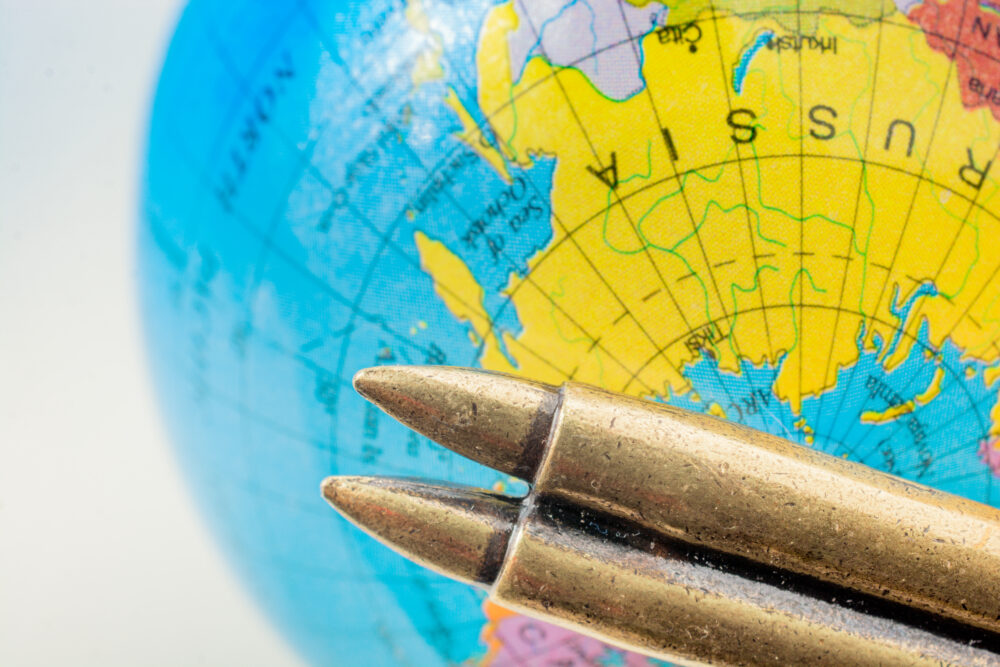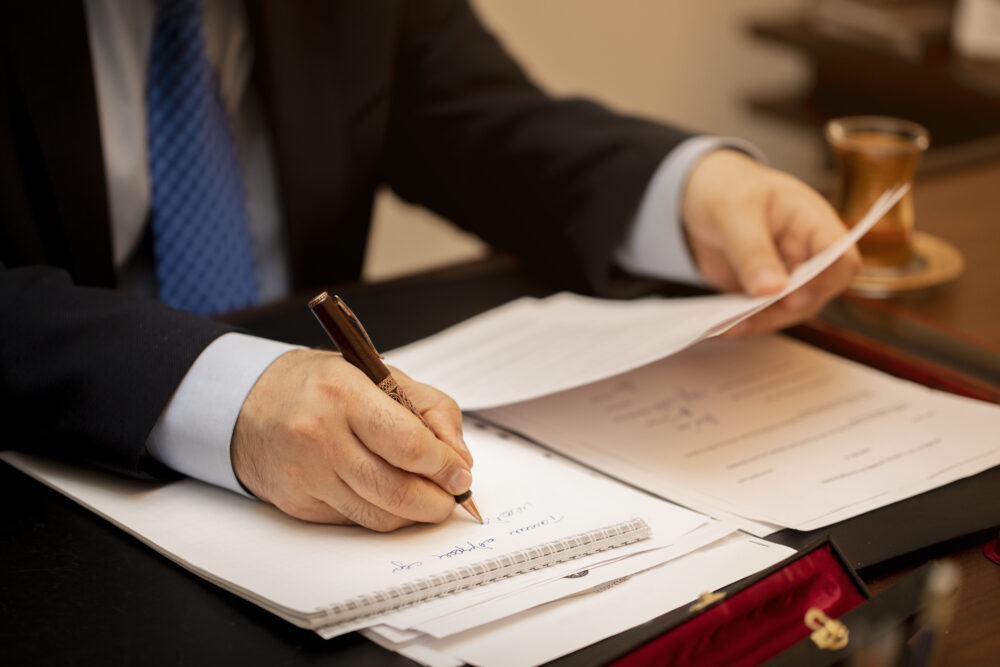Global integration has brought many challenges for international businesses besides opportunities, especially trademark protection overseas. In fact, many Vietnamese companies have more and more recognized the benefits of trademark protection under the Madrid system and have started getting their own International Registration. In the course of International Registration, many holders want to expand the scope of their trademark protection into other countries.
Under the Madrid system, the geographical scope of International Registration can be extended through subsequent designations. In this article, the author will focus on analyzing some regulations on Subsequent Designations according to the Madrid system.
1. The purposes of Subsequent Designations
After the mark is recorded in the International Register, the holder may wish to extend the geographical scope of its International Registration to many contracting countries for a number of reasons. For example, the holder wishes to extend its trademark protection into a new country to cover its business there. A subsequent designation is a request by the holder of an international registration for serving that purpose. However, a subsequent designation can be much more than just extending the geographical scope of an existing International Registration. Specifically, below are what the Subsequent Designation can do:
(i) to extend the geographical scope of an existing international registration;
(ii) to extend the coverage of an existing designation that did not cover all the goods and services in the international registration in the first place;
(iii) to re-designate a country (a member) where the holder did not obtain protection (following a final refusal, an invalidation, or a renunciation) but now, the grounds preventing such protection no longer exist.
2. Exception
According to Article 14.5 of the Madrid Protocol, there is an exception to the Subsequent Designation. Specifically, where a member has made the declaration about the date of entry into force of the Protocol, the subsequent designation cannot be made to that member if the date of the international registration is earlier than the date of entry into force of the Protocol. However, up to now, there is a few members that have made such declaration, including Brazil, Estonia, India, and the Philippines.
3. How to request subsequent designations
There are two ways to present the request for subsequent designations, specifically as follows:
(i) Online: The holder of the International Registration can submit the request for subsequent designation via the Online Subsequent Designation available on the WIPO’s website.
(ii) Offline: The holder can submit the request for subsequent designations (form MM4) directly to the International Bureau or through the National Office of Intellectual Property of the holder’s country.
4. Language
The subsequent designation is required to be made in either English, French or Spanish. The language of the subsequent designation can be independent of the language used in the international application (that applied for the International Registration concerned).
5. Fee for subsequent designation
The fee for subsequent designation shall consist of the following fees:
(i) Basic fee: 300 Swiss francs;
(ii) Individual fee: depending on each designated country concerned (please see the Contracting Country’s declaration on the individual fee at WIPO’s website);
(iii) Complementary fee: is payable for each designated country for which no individual fee is required.
For accuracy in the calculation of the renewal fee, please visit the Fee Calculator available on WIPO’s website.
6. How to pay
The payment may be made by any of the different means listed in the Fee Calculation Sheet of WIPO. The fees may be paid by the following methods:
(i) by debiting the required amount from a Current Account at WIPO; or
(ii) from funds already transferred to WIPO; or
(iii) by transferring the required fees into WIPO’s bank account; or
(iv) by credit card (only when using the Online Subsequent Designation).
7. Effect of a Subsequent Designation
The effective date of the subsequent designation can be at the option of the holder, either the receipt date by the Office or the International Bureau, or after the recording of a change or a partial cancellation in respect of the International Registration concerned, or after the renewal of the International Registration.
Please bear in mind that if there is no request from the holder, the date of the subsequent designation taking effect will be the date on which:
(i) it was received by the International Bureau in case of submitting directly to the International Bureau (Online); or
(ii) it was received by the Office in case of submitting through the Office (Offline), provided that it has also been received by the International Bureau within two months from that date. If the International Bureau receives the subsequent designation after the expiry of that time limit, it will bear the date of its receipt by the International Bureau.
In those cases, the protection of the trademark in the subsequently designated country begins on the date of the subsequent designation as the same as if the mark had been filed directly with the Office of that designated country or as if the mark had been registered by the Office of that designated country (where no provisional refusal is notified).
However, the possibility of being accorded the protection date starting from the filing date of Subsequent Designations may cause disadvantages in certain circumstances. For example, where a subsequent designation is made at the same time as a request to record a change (changes in the holder’s detail, ownership, etc.) or the renewal of the International Registration, the subsequent designation will bear an earlier date than the date of the others. It means that the change will not be recorded in the subsequent designation, or the subsequent designation may not be included in the renewal.
8. Period of protection of a Subsequent Designation
A subsequent designation does not have an independent lifetime of 10 years but expires on the same date as the International Registration. Therefore, if the expiry of the International Registration is near, it is recommended that the holder, if cost is an issue, should wait until after the renewal is recorded before subsequently designating additional countries
The above is several basic information related to the Subsequent Designation under the Madrid system. In case of any questions, please feel free to contact Apolat Legal via info@apolatlegal.com for detailed answers.





































